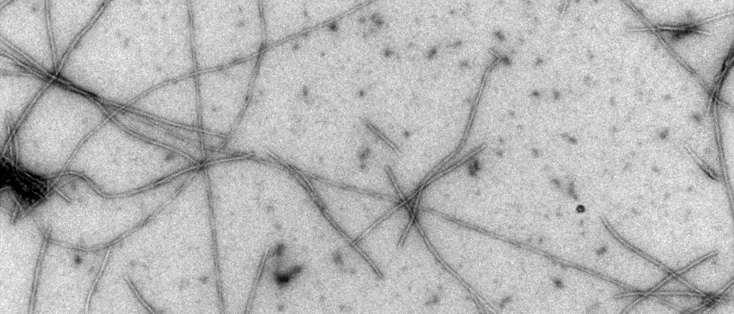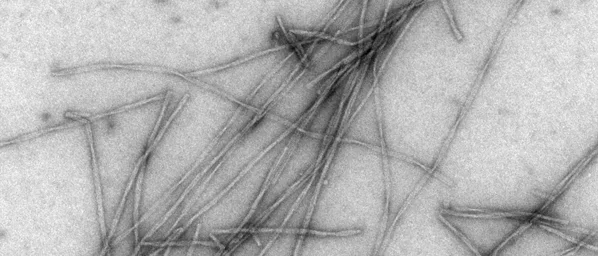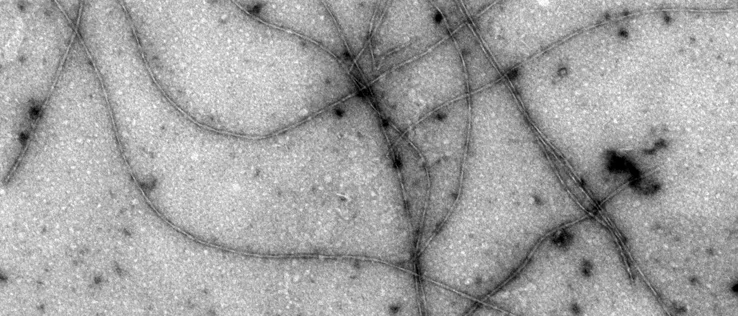Teplow Research Lab
Teplow Laboratory
Our Research Interests
The Teplow laboratory seeks to understand and treat diseases associated with the aging process. These include Alzheimer’s disease (AD), Parkinson’s disease, Huntington’s disease, and Lou Gehrig’s disease. The laboratory has special expertise in AD, the most common cause of late-life dementia. A key cause of AD is thought to be a protein called the amyloid beta-protein (Abeta). This protein deposits in the brain to form what are called “amyloid plaques." Our group has worked to understand how these plaques form and to use this knowledge to design drugs to prevent or treat the disease. Our studies have revealed that Abeta shares properties with other proteins linked to human diseases of aging, therefore the work done on AD is likely to advance efforts to understand and treat these disorders.
News
View All News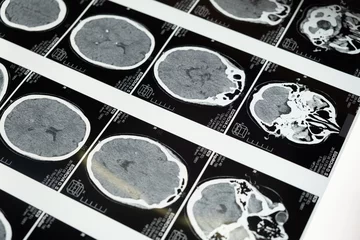
Right target, but missing the bulls-eye for Alzheimer’s
UCLA researchers discover new point of attack for Alzheimer's drug therapy.
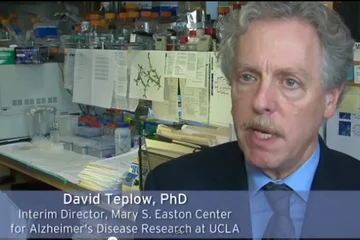
Dr. Teplow appears on a three-part UCTV series about Alzheimer's disease
Dr. Teplow appears on a three-part UCTV series about Alzheimer's disease.

Skin Cells May Offer New Hope For Alzheimer’s
Dr. Teplow comments on skin cells, brain stem cells, and Alzheimer's.

Things to do, eat, and drink which could stave off Alzheimer's
Things to do, eat, and drink which could stave off Alzheimer's.
